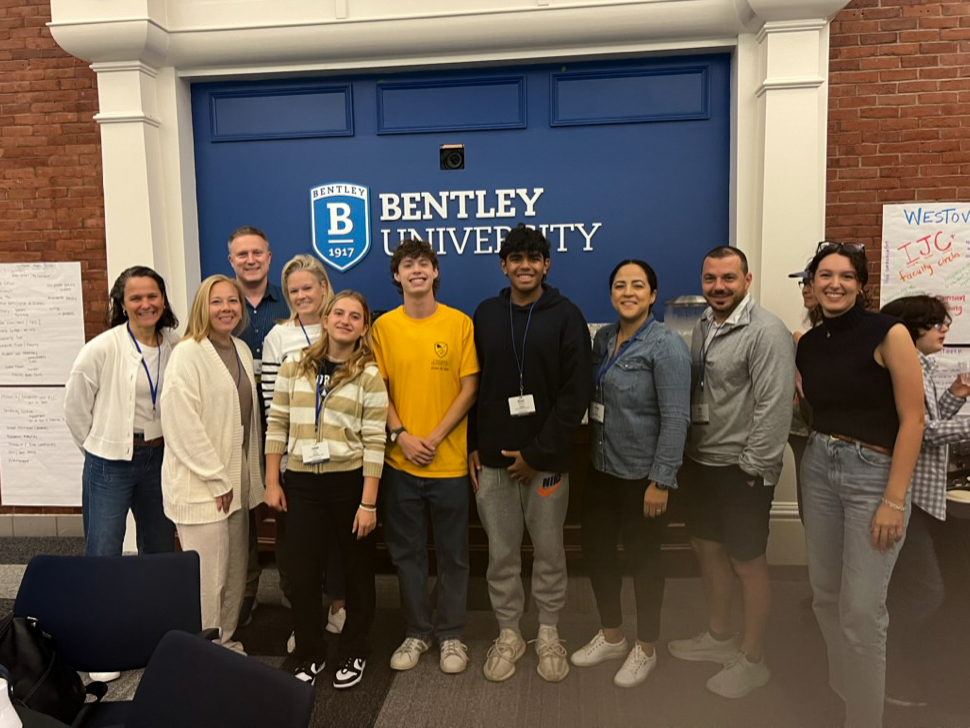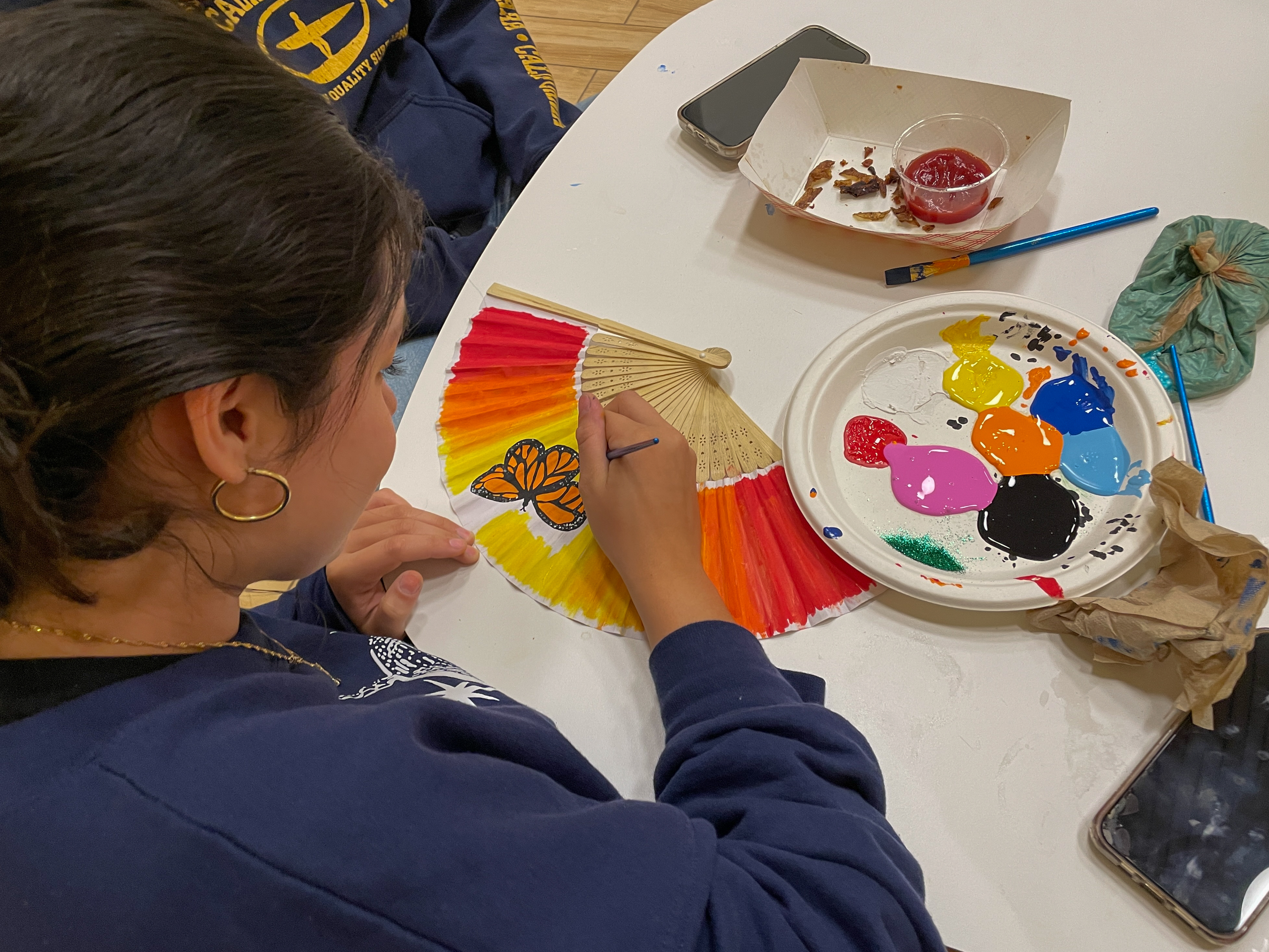During school meeting last week, Head of School Dr. Alex Curtis congratulated biology teacher Dr. Heather York for getting her research on neotropical bats published in the December issue of the Journal of Mammalogy. Dr. York developed a dichotomous key — a tool that allows the user to determine the identity of bats in the natural world for almost every species that one can find in Costa Rica and Nicaragua. The goal of her key, Dr. York said, is “to make identifying bats while they’re alive and in the field as easy as possible.”
One way Dr. York gathered information was by reading existing literature. “I had to dig through and pick out information about each species: variations in fur color, body measurements, shapes of teeth, and all kinds of things that might be used by a human looking at a living bat,” she said. “If you could dissect it, you’d be able to see
more structures, but you’d lose the living bat.”
Dr. York also had to examine specimens in museums, learn from other scientists’ research, and work with living bats in order to gather as much information as possible. To make sure that her key was effective, she often asked her students to use it to identify bats. “If they would get stuck somewhere, that wasn’t a reflection necessarily of their skills. It was more like, ‘What can I do to make my key more user-friendly?’” she said.
Writing the key took 13 years. There were periods of downtime as Dr. York and her co-authors’ priorities shifted with their jobs and families, and new species in Costa Rica or Nicaragua were discovered while she was working. Some species, upon further examination, turned out to be two or three distinct species.
Furthermore, it was difficult for Dr. York, her co-authors, who are Bernal Rodríguez-Herrera, Richard K. Laval, Robert M. Timm, and Kaitlin E. Lindsay, and the scientific illustrator to work together while managing other responsibilities. “It took me 13 years from start to finish, said Dr. York “Since then, I’ve had three real jobs, I had a kid, I moved to a couple different states — so this key has often been on the back burner,” said Dr. York.
The dichotomous key was peer-reviewed by a scientist at the University of Kansas and another at the American Museum of Natural History. Dr. York had to explain to the editor of the journal why she accepted or rejected any suggested comments to the journal, which demanded frequent formal response. Then, the editors made changes, after which typesetters reviewed the layout. “[The key] doesn’t read like a normal article. We were really picky about how it was laid out, and we wanted the illustrations to be really close to the text that they accompanied, so we went back and forth with the typesetters,” Dr. York said.
Because the dichotomous key is not in a standard scientific format, Dr. York’s team had trouble finding a journal that would accept it. However, Dr. York’s Ph.D. adviser Dr. Robert Timm, at the University of Kansas, was the president of the American Society of Mammalogists, which publishes the Journal of Mammalogy. One of Dr. Timm’s former students asked the Journal of Mammalogy to put together a special issue celebrating Dr. Timm in which the papers in the issue would be authored by former students. Because the journal happened to be celebrating its 100th year, editors were willing to accept Dr. York’s non-standard paper.
Dr. Timm’s students wanted to surprise him with the issue, so although he was one of the coauthors of Dr. York’s key, she had to keep it a secret. “He thought we were still floundering around, trying to find a place for our weird key, and suddenly this really big-named journal is like, ‘Yeah, we’ll publish it,’ and he couldn’t understand why a top journal would publish a key that fits better in niche-specific journals.”
Dr. York did have to provide Dr. Timm with enough information as it is highly unethical to publish something with someone else’s name on it if they’re not aware of it. In order not to spoil the surprise of the journal publishing, “I had to make up excuses about the Journal’s centenary (celebrated in 2019) and a special issue in order for him not to become more suspicious.” When the surprise party was held at the University of Kansas, Dr. York, who was unable to attend, joined through Skype. She said that “he was absolutely floored” and “so appreciative that his students pulled this off.”
Recently, Dr. York was asked by mammalogist Dr. Nancy Simmons at the American Museum of Natural History to help update the world’s database of bat species. At Choate, Dr. York said, “I teach photosynthesis and nitrogen cycling. That’s not my expertise, even though I understand it and I enjoy teaching it. So when somebody says, ‘Okay, we need a bat expert, and we choose you,’ that feels really good.”




